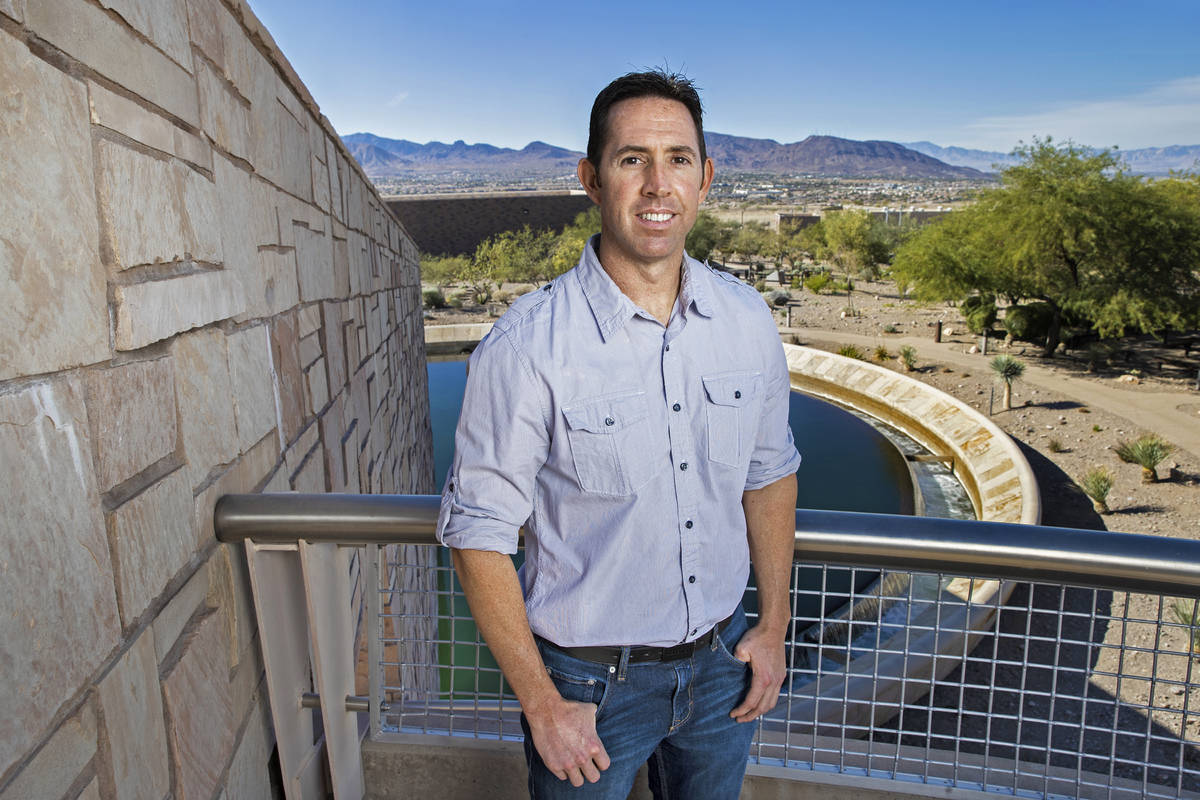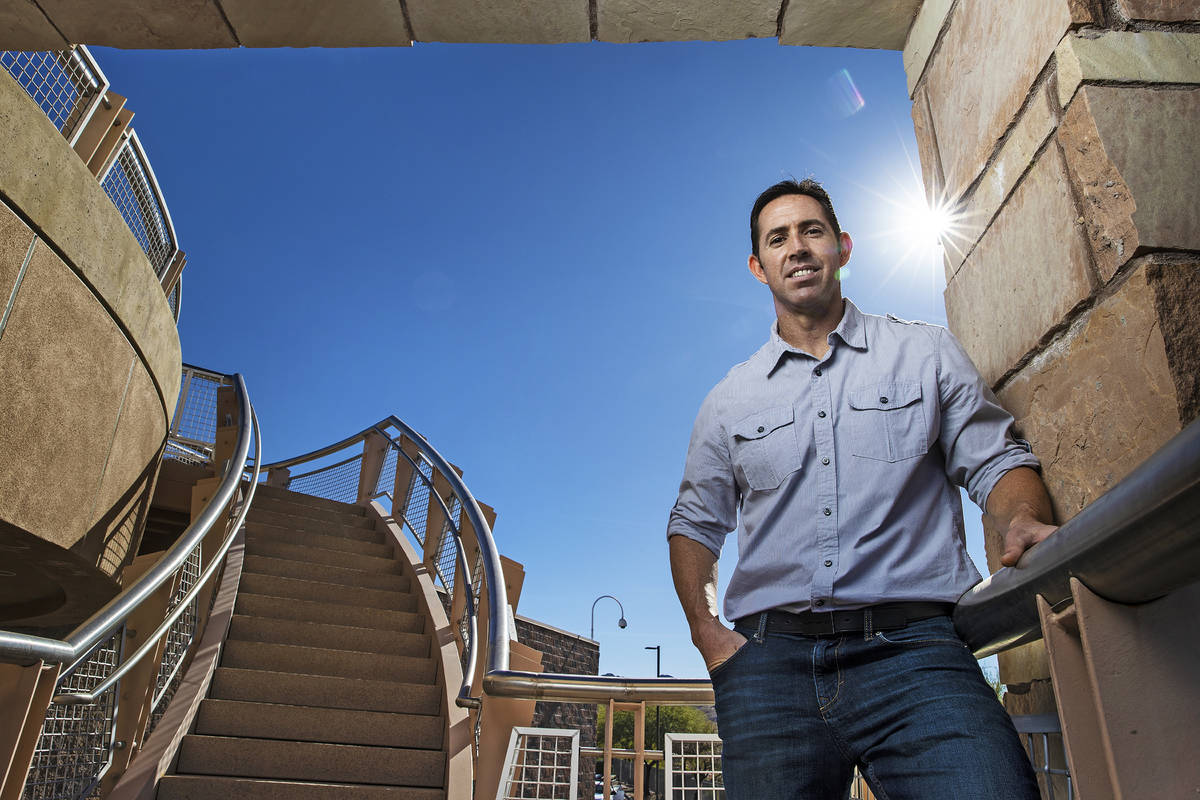Wastewater testing could offer clues about COVID-19 infections
What most see only as sewage, Daniel Gerrity sees as an opportunity to collect data.
Gerrity, principal research microbiologist for the Southern Nevada Water Authority, has been at work for months tracking the genetic markers of the coronavirus in the region’s wastewater.
It’s work that, once refined, could help officials tell if there are more infections in one part of town versus another. And when cases eventually do drop off, any later change could be an early warning sign should infections tick up again.
Researchers started collecting samples of Southern Nevada’s water in March.
Early on, officials wanted to see if SARS-CoV-2, the virus that causes COVID-19, was detectable in the region’s drinking water. Testing has found no evidence of the virus either in Lake Mead or in finished drinking water, Gerrity said.
Where the virus has been found, however, is in the region’s wastewater.
Identifying the spread
Every Monday, Gerrity collects samples from six locations within five water treatment facilities.
Gerrity said officials can use the data he is collecting to confirm the testing data gathered by the Southern Nevada Health District.
“But the power of this is that it doesn’t require somebody to go to the doctor’s office,” Gerrity said. “So even if they don’t get tested, they’re going to use the bathroom, and so that gives us an opportunity to not only capture the symptomatic people, but also the asymptomatic people who might not know to even get tested.”
Health district senior scientist Ying Zhang said officials at her agency are interested in eventually including Gerrity’s data in the district’s public dashboard and using the information in its surveillance efforts.
Wastewater surveillance gained national attention in August when the University of Arizona identified two asymptomatic people after detecting the virus in one dorm’s wastewater. The early find prevented an outbreak in the dorm.
But researchers in the university’s case were monitoring a building that went from vacant to occupied with students quickly, so detecting the virus at all was a significant change. The Las Vegas Valley is home to more than 2 million people, so Gerrity is working on building confidence in finding infections on a much larger scale.
One big hurdle to that is money.
“The problem is that we don’t have any external funding to do this at the level that we would need to to answer all the questions and be entirely confident in how this could be acted upon,” he said.
Widespread effort
Others are doing this work, though. Gerrity said he and water authority post-doctoral researcher Katerina Papp are on project advisory committees for the Water Research Foundation, which has funded researchers’ efforts to answer these questions and build confidence in wastewater-based epidemiology.
“So coupled with like what we’re doing here locally, and what other researchers around the world are coming up with, I think once we’re able to put that all together … we’re going to be able to put that tool at a position where it’s actionable across the board,” Gerrity said.
Gerrity is also working with Edwin Oh, a UNLV professor who is conducting research on what types of SARS-CoV-2 are circulating in Southern Nevada. Oh’s team also collaborated with researchers in Arizona who identified the asymptomatic people in the dorm.
Together, Gerrity and Oh can show not only that the virus is present in the region’s wastewater, but also what strains of the virus are present.
“So having a sense of what strains are present here, whether they’re being imported from other states or other countries, it’s going to be important for us to know whether a vaccine, when it’s distributed, is going to be effective,” Oh said.
Gerrity and Oh have submitted a proposal to get funding through the National Institutes of Health, though grants are competitive because many researchers are trying to answer the same questions.
“So these questions will get answered,” Gerrity said. “It’s just a matter of who’s going to do it and then how quickly that information gets out so that people can implement what’s learned with those projects.”



















